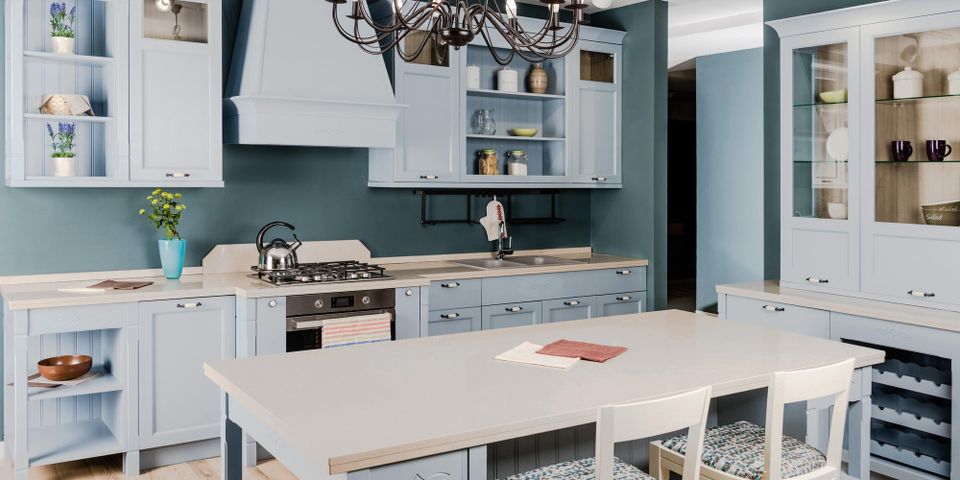
A carbon monoxide test is an essential aspect of every home inspection. Whether you’re buying or selling a home, confirming the absence of carbon monoxide is a vital step in ensuring the safety of a property. The guide below explains the dangers of carbon monoxide, why inspections are necessary, and how to identify a possible problem.
What to Know About Carbon Monoxide Inspections
What Is Carbon Monoxide?
Carbon monoxide (CO) is a colorless, odorless, and poisonous gas that results from the incomplete burning of fuels, such as oil, gasoline, wood, and coal. Running motor vehicles are well-known producers of this harmful gas.
This gas can form in a home when fuel-burning appliances are incorrectly installed or poorly ventilated. Common sources of CO leaks include furnaces and boilers, clothes dryers, water heaters, gas stoves, grills, and fireplaces.
Why Is It Bad for You?
When inhaled, carbon monoxide displaces oxygen from the bloodstream. Oxygen is crucial to many vital organs, including the heart and brain, and deprivation can lead to suffocation and poisoning within minutes.
Because carbon monoxide has no taste, smell, or color, it’s very difficult to detect. This means people can be exposed for long periods of time without knowing it. Carbon monoxide poisoning is treatable, but severe cases can cause permanent brain damage.
The potentially deadly side effects, combined with its near invisibility, make this gas highly dangerous for homeowners. A home inspection is a critical next step if you suspect a leak.
What Are Signs You Need an Inspection?
 Even though this gas lacks color or an odor, there are still signs you can look out for to determine if you have a problem. For instance, carbon monoxide is often mixed with other gases that do have a scent. If you smell strange gases or stale, stuffy air, there may be exhaust gases accompanying a carbon monoxide leak.
Even though this gas lacks color or an odor, there are still signs you can look out for to determine if you have a problem. For instance, carbon monoxide is often mixed with other gases that do have a scent. If you smell strange gases or stale, stuffy air, there may be exhaust gases accompanying a carbon monoxide leak.
Sooty stains around fuel-burning appliances, pilot lights that frequently go out, and solid fuel fires (like wood and charcoal) burning unusually slow are all indicators of a carbon monoxide leak. Back-drafts and fumes in the house coming from the chimney or fireplace are also symptoms of a leak. If the burner flame on a gas stove generates a yellow flame rather than blue, call for an inspection.
The experts at A-Pro® Home Inspection in Denver, CO, offer a wide range of property inspections to detect costly and potentially dangerous problems before they become a serious issue. Backed by more than 25 years of experience, these skilled technicians use state-of-the-art technology combined with industry experience to test for everything from carbon monoxide to mold and radon. Visit their website to view full inspection checklists. To schedule a free estimate for your home inspection, call (303) 875-7627.
About the Business
(8 reviews)
Have a question? Ask the experts!
Send your question

